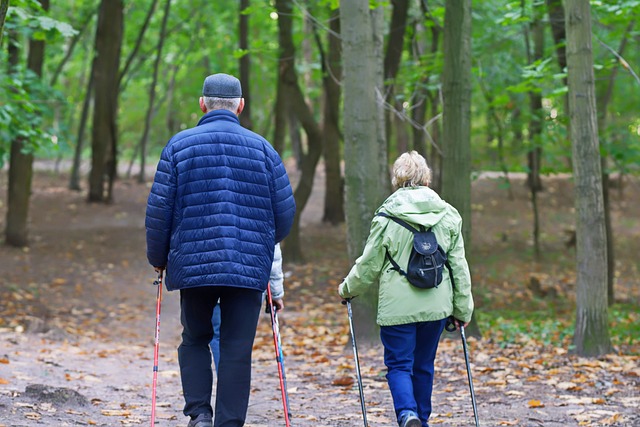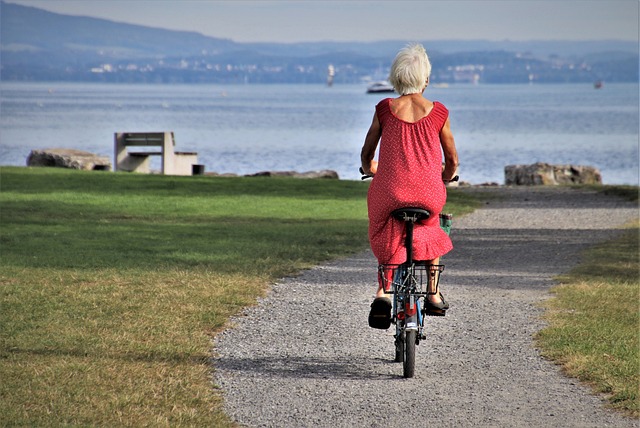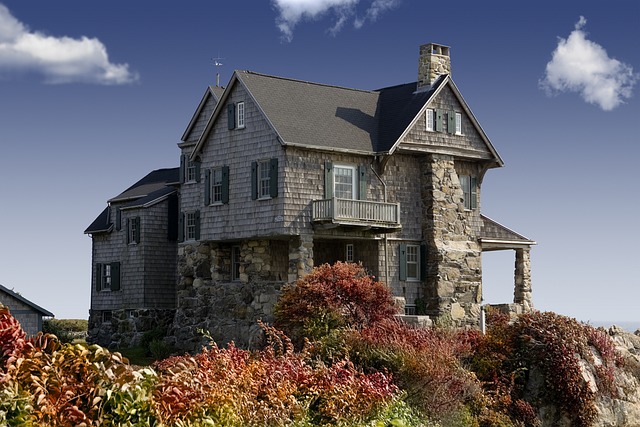The global aging population dramatically reshapes the real estate sector, driving demand for senior-friendly housing. Developers are responding by creating specialized communities with accessible design and independence-focused layouts. This trend reflects a growing preference for age-in-place living. As populations rapidly age, developers and investors must pivot strategies to include diverse senior housing options, integrate technology, and collaborate with senior care providers for profitable, inclusive, and quality living solutions.
The global population is aging, presenting a significant shift in consumer demographics. This trend drives substantial demand for tailored real estate solutions catering to senior citizens’ unique needs. As life expectancy rises, the demand for accessible, age-friendly housing and care facilities is on the rise.
This article explores this evolving landscape, focusing on how the real estate market is adapting to meet the growing demands of an aging society. We’ll delve into specific strategies for developers and investors looking to capitalize on this trend.
The Shifting Demographic Landscape: Understanding the Aging Population

The demographic landscape is undergoing a significant transformation as populations around the world age. This shift is not just a statistical change; it has profound implications for various sectors, particularly real estate. With an aging population, there’s a growing demand for housing that caters to their unique needs and preferences. The trend towards downsizing, accessibility features, and senior-friendly locations becomes increasingly important in the real estate market.
This demographic shift also influences urban planning and community design. Cities are beginning to adapt by incorporating more walkable, mixed-use developments, closer amenities, and improved transportation options for seniors. Understanding these changes is crucial for developers, investors, and policymakers alike, as it shapes future housing requirements and contributes to the creation of livable, inclusive communities for all ages.
Impact on Real Estate Market: Rising Demand for Senior-Friendly Living Spaces

The aging population is significantly reshaping the real estate market, driving a substantial increase in demand for senior-friendly living spaces. As people live longer, they often require housing that caters to their changing needs and abilities. This shift has prompted developers and investors to focus more on building communities designed specifically for seniors, such as independent living facilities, assisted living homes, and retirement villages. These developments prioritize accessibility features, like wide corridors, accessible bathrooms, and easy-to-navigate layouts, ensuring comfort and safety for elderly residents.
The trend towards senior-focused real estate is not just a response to demographic changes; it’s also a reflection of growing awareness about the importance of age-in-place. Many seniors prefer to stay in their homes as they age rather than move into institutional settings. Real estate professionals are therefore adapting to meet this demand, offering tailored solutions that enhance quality of life for older adults while ensuring their living environments remain conducive to independence and dignity.
Strategies for Developers and Investors: Adapting to Meet the Needs of an Aging Society

As populations around the world age, developers and investors in real estate must adapt their strategies to meet the evolving needs of this demographic shift. This includes a growing demand for senior-friendly housing options that cater to independent living, assisted living, and memory care. Developers are increasingly incorporating features such as accessible design, wider doorways, and grab bars into their projects to accommodate an aging population.
Investors should look towards partnerships with specialized senior care providers, who can offer expertise in creating meaningful and supportive communities for older adults. Additionally, investing in technology that connects residents, families, and caregivers can enhance the quality of life for seniors and provide peace of mind for loved ones. These strategies ensure that real estate investments remain relevant and profitable while contributing to the well-being of an aging society.






